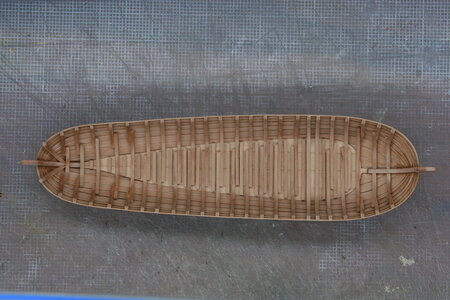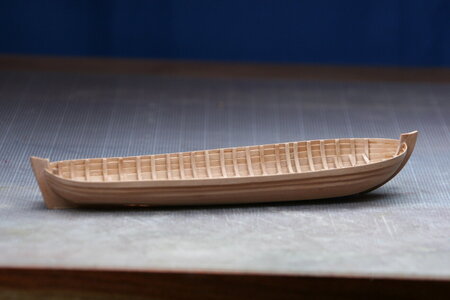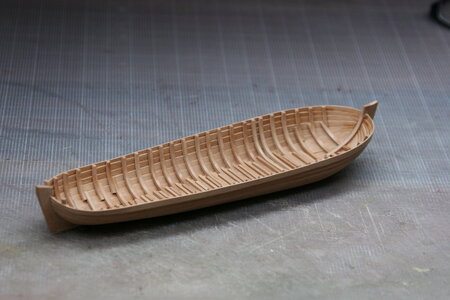A productive day today on my esping. I began by roughly cutting out the perimeter of the hull from a block of basswood:
View attachment 340974
Not the first time I used a bandsaw, but it is the first time I used THIS bandsaw. WAY BETTER than my old bandsaw

.
View attachment 340975
I then modified my template leaving in place only the part representing the flat bottom of the hull (this particular boat is flat on the bottom allowing it to operate in shallow harbors and such):
View attachment 340976
And then for the next four (five?) hours I sanded a block of wood into the shape of a tiny boat:
View attachment 340977
View attachment 340978
View attachment 340979
View attachment 340982
Here is one of the
guides I made held in place (full disclosure: they didn't all turn out this good - but, overall, I'm very close).
View attachment 340983
Next, there are partial keels at the fore and aft ends of the boat. In order to get them in the right place relative to the hull planking it was necessary to create a recess for them to sit in. That way they will protrude on the inside of the hull a bit...
View attachment 340984
Finally, I glued up four wide 'boards' to make the bottom of the boat, and then carefully faired that bottom to the sides of the hull. The hull planking will overlap the base.
View attachment 340985
I also tested a few planks and discovered that the entire hull planking will need to be spiled - or at least that's what it appears to require at this point. The bow and stern of this little boat are just as
bluff as the bow of the mother ship.
Hmm, maybe this wasn't such a great idea after all...







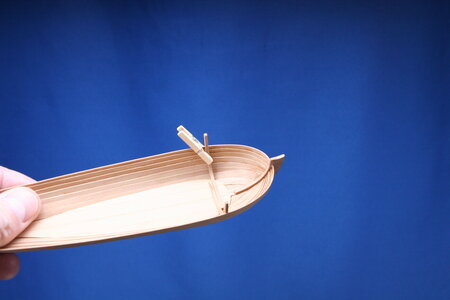
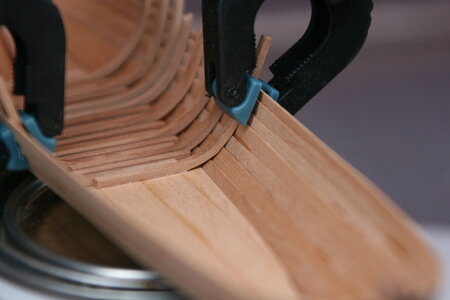
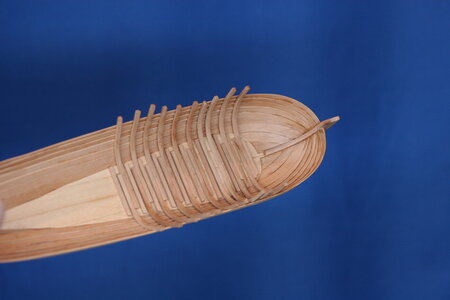
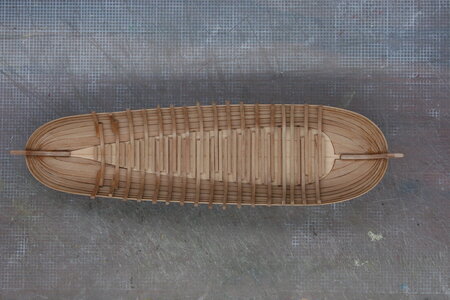

 .
.
